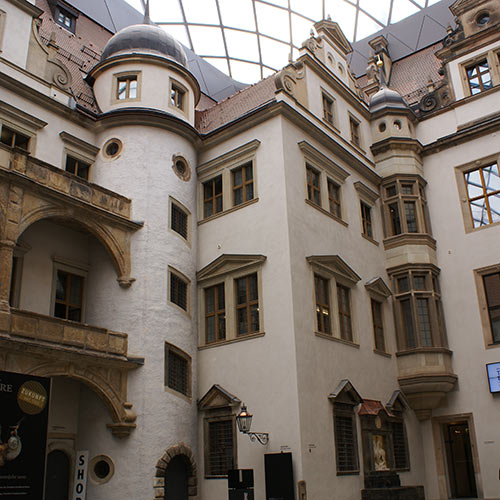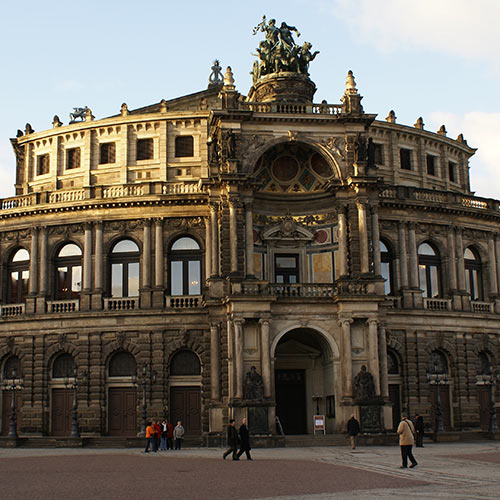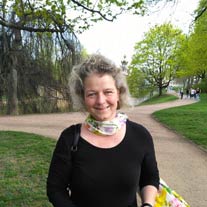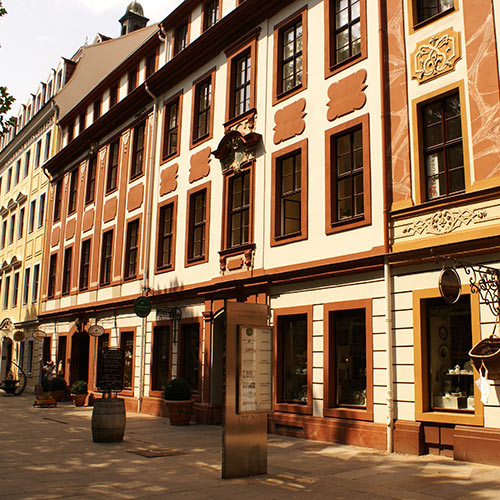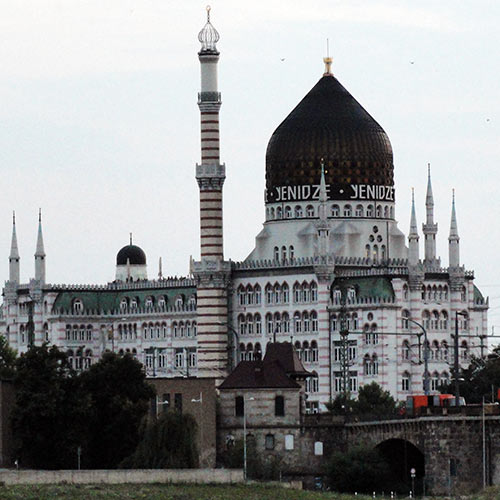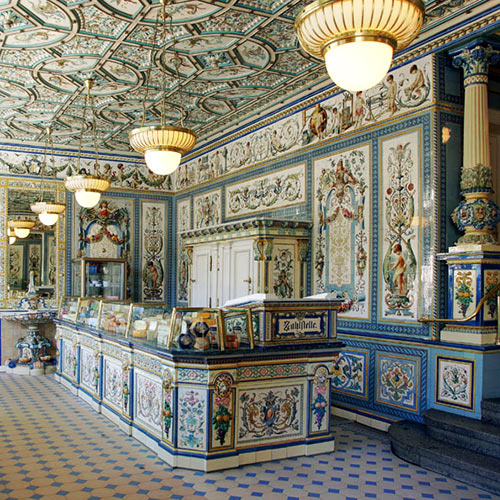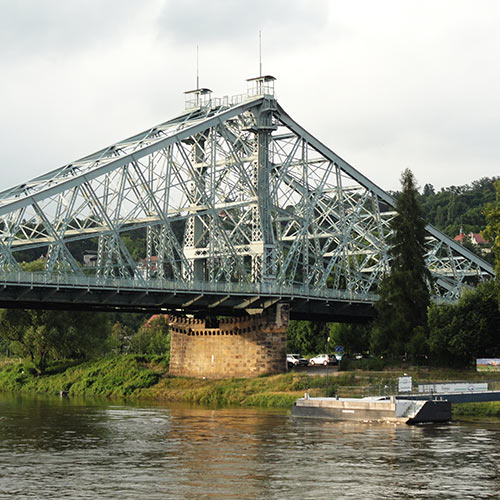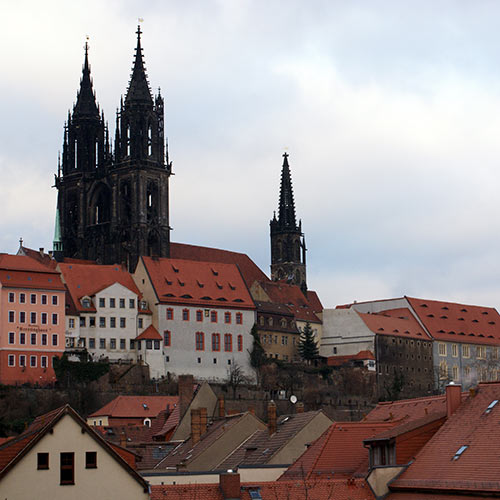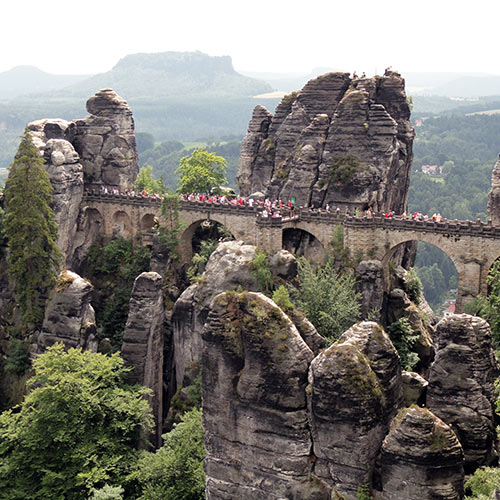History of the City of Dresden

Summarizing the history of a city in one page, which is already a challenge for many cities, is even more so for Dresden and its more than 1000 years of history. The following presentation is divided into several historical chapters to help you understand Dresden's rich past. The text is based on various sources including several articles from the Wikipedia encyclopedia.
The Slavic origins of Dresden and the Middle Ages
The history of the city of Dresden, the "Florence of the Elbe", begins at the beginning of the 7th century with a Slavic presence in the form of a fishing village called "Drezdzany", meaning "The inhabitants of a swamp forest - Sumpfwaldbewohner". Colonization and Christianization began in 929 after the king and emperor of the Holy Roman Empire, Henry I. defeated the Slavs; the March of Misnie (Meissen) was founded and a first fortress was built in Meißen, which was the main residence of the March between 986 and 1423. In 1089, still in Meißen, the 800 years of the reigning Wettiner dynasty began with Margrave Heinrich I. (von Eilenburg). The first written mention of "Dresden" is dated 31 March 1206, marking the founding act of the town, which celebrated its 800th anniversary in 2006.
In 1403, Altendresden became a town in its own right with all its rights, it was renamed "Neustadt" and has been linked to the left bank of the river Elbe (today's old town) by a wooden bridge since the 12th century. The first stone bridge is attested in 1287 (the oldest of its kind in the world).
In the Middle Ages, life was marked by flourishing trade thanks to the development of trade routes on land and on the Elbe. In addition, Dresden (Nisani) is a well-known and popular place of pilgrimage with the "Zu Unser Lieben Frauen" church dedicated to the Virgin Mary (on the site of today's Frauenkirche) but also with the "Kreuzkirche" church and its reliquary, a glimmer of the Holy Cross. As far as religion is concerned, the Lutheran reform reached Dresden in 1539 and in 1697 the Elector Augustus the Strong converted to Catholicism and became King of Poland under the title of August II.
Dresden becomes the residence of the House of Wettin - The Renaissance
From 1464 the two brothers Ernst and Albrecht of the Wettiner dynasty shared power, however in 1485 all the Wettiner territories were divided (Leipziger Teilung) to form an "Ernestine" and an "Albertine" lineage. From that moment on, Dresden's fate was linked to Albertine history, Albrecht having made the city his permanent residence. But before evoking the highlights of this reigning lineage which will end in 1918, a little look back is necessary. In 1423, Friedrich I. (der Streitbare), Margrave of Meißen, was granted the great privilege by the Emperor to also hold the title and office of Elector of Saxony (Kurfürst von Sachsen), thus bringing the House of Wettin (Ernestine lineage until 1547, then Albertine with Kurfürst Moritz) into the very closed circle (7) of the Emperor's electors (often from father to son) of the Holy Roman Empire (until 1806).
Although the "division of Leipzig" marked a great turning point in the history of Dresden, the city still had a few trials to overcome, starting with the destruction by fire of half the city and its (larger) reconstruction by Duke Georg (1500-39) with the addition of a new fortification (including the Georg Gate). Another tormented period for Saxony was the Thirty Years' War (1618-48) from which it emerged without any direct destruction but with dramatic economic consequences due to famine, plague and its many deaths! Fortunately, as is often the case with the Wettiners, some rulers succeeded in raising Dresden and making it even more beautiful... Florence on the Elbe is not far away!
The Augustinian Period (Augusteisches Zeitalter) 1696 - 1756 - The Baroque
The most glorious period in the history of Dresden began in 1697 with the coronation of Frederick Augustus I as King of Poland under the name of Augustus II. The Baroque city (Neustadt) was built on the site of Altendresden. In the old town, the Zwinger was built as well as the Frauenkirche and some other buildings. Augustus II. also planned the Cathedral, which was built by his son Augustus III. a king who completed several other major projects. The present image of Dresden is largely due to his two kings, and was immortalized around 1750 by the painter Canaletto (Bernardo Bellotto) who painted the landscape of Dresden on the right bank of the Elbe (Neustadt - On the bank a "Window" allows you to photograph this panorama).
Seven Years War - Napoleon - the 19th century
The prosperous period came to an end with the Seven Years' War (1756 - 63), as the development of the city was halted due to the war against Prussia by Frederick II. The city suffered particularly from the attempted capture of the city, its encirclement and bombing in July 1760, and it took sixty years for the city to return to the level it had been before the Seven Years' War. However, during these years, the city grew because of the many newcomers, the French fleeing the revolution and especially the Poles after the second division of Poland in 1793.
The highlight of the Napoleonic period is that Prince Frederick Augustus III. became King of Saxony (Frederick Augustus I.) after Saxony joined the Rhine Confederation (Rheinbund). After the Battle of Leipzig (16-19 October 1813) and the surrender of Marshal St. Cyr, Dresden was occupied by the Russian (17 November) and then Prussian army from 8 November 1814 until 7 June 1815 when King Frederick Augustus regained power. The following years were favourable to the king loved by the people and nicknamed "The Just" for having defeated the city's fortifications. The development of the city (paving of the streets, gas lighting, postal service, schools) continued under King Anton and Frederick Augustus II. As in the rest of Germany, large population increases and the expansion of the city outside the former borders resulted from the boom of industrialization as early as 1840 and the founding of the Second German Empire in 1871 (Dresden became one of the major German cities for the army). Around 1900, with 500'000 inhabitants, Dresden became the 4th largest city in Germany.
1918 - 2009: The modern history of Dresden and Saxony
The revolution of November 1918 forced Frederick Augustus III. to abdicate and the Free State of Saxony was founded on 10 November by the proclamation by the Social Democrat Hermann Fleißner. The equal right to vote for men and women from the age of 21 allowed after the elections of February 1919 to the young parliament to implement the new basic laws on 25 February 1919. The young state was marked by various episodes, some of them dark, but Saxony and Dresden as a whole developed, with many new districts and a growing population.
In 1929, the NSDAP entered parliament, but they were only able to bring in their members of parliament in a minority. After the "Gleichschaltung" of the German Länder in 1933 and 1934, the state of Saxony ceased to exist. Inseparable from the consequences of the war in Germany, which had long been spared by the bombing, Dresden was destroyed by the bombings of 13 and 14 February 1945. It took more than sixty years to remove the scars of those two days, the reconstruction of the Frauenkirche was a symbol.
Under Soviet control and in the GDR, Saxony was profoundly reshaped (territorially, politically and economically). The city was rebuilt according to the architectural models of the time but also with the aim of reviving the historic centre of Dresden; most of the buildings you visit today were rebuilt and restored by the GDR. Since German reunification on 3 October 1990, the Free State of Saxony has consisted of three former GDR districts (Dresden, Chemnitz and Leipzig). In 1992, following a referendum, Hoyerswerda and Weißwasser were added to Saxony.
In recent years, Dresden has experienced a renaissance, many districts and monuments have been restored, museums have been restructured to match their richness and the city once again enjoys an international reputation for the quality of tourism as evidenced by the strong increase in the number of visitors. The only tragic event was the devastating floods of August 2002. In 2006, Dresden celebrated its 800th anniversary.
We hope that this summary of the history of Dresden and Saxony has fascinated you and if you would like to deepen this history, we recommend the services of our guide with a guided tour through the Florence of the Elbe
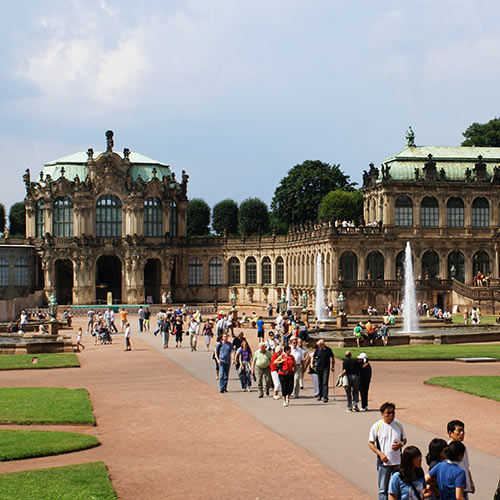

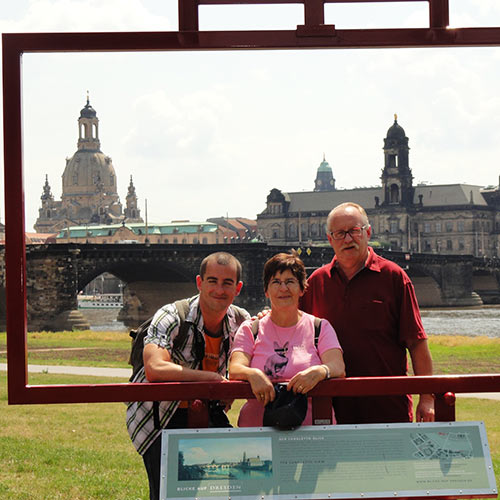

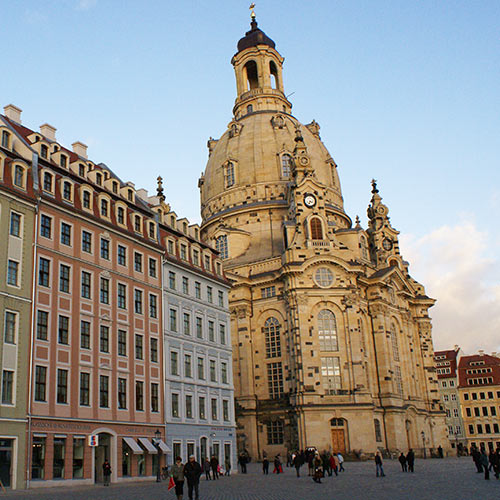
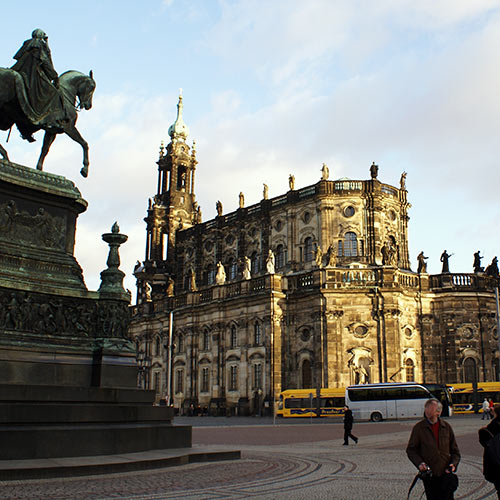
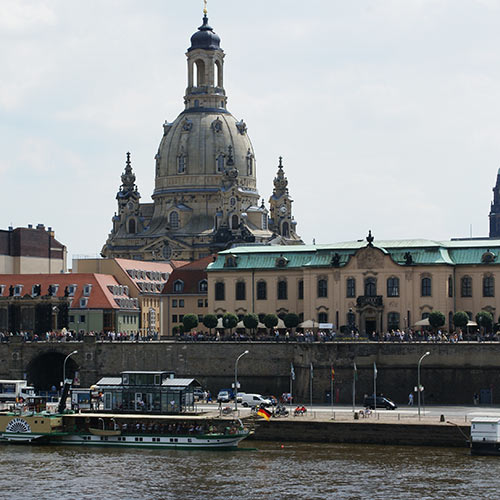
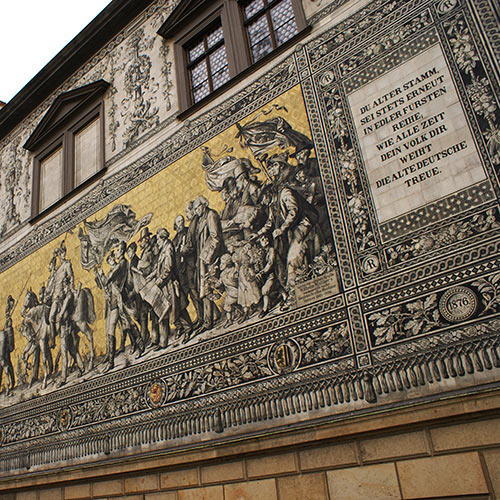
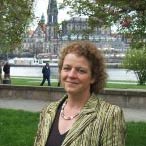 Profitez d’une visite guidée en privé et personnalisée de Dresde avec votre guide Susanne Reichelt. Au départ de votre hôtel, elle pourra vous présenter les joyaux de la ville, ce que vous ne verrez pas seuls et elle peut aussi vous guider dans les musées avec ses pièces maitresses. - Informations et réservation
Profitez d’une visite guidée en privé et personnalisée de Dresde avec votre guide Susanne Reichelt. Au départ de votre hôtel, elle pourra vous présenter les joyaux de la ville, ce que vous ne verrez pas seuls et elle peut aussi vous guider dans les musées avec ses pièces maitresses. - Informations et réservation
